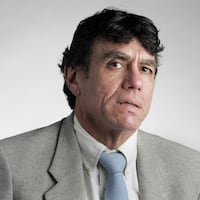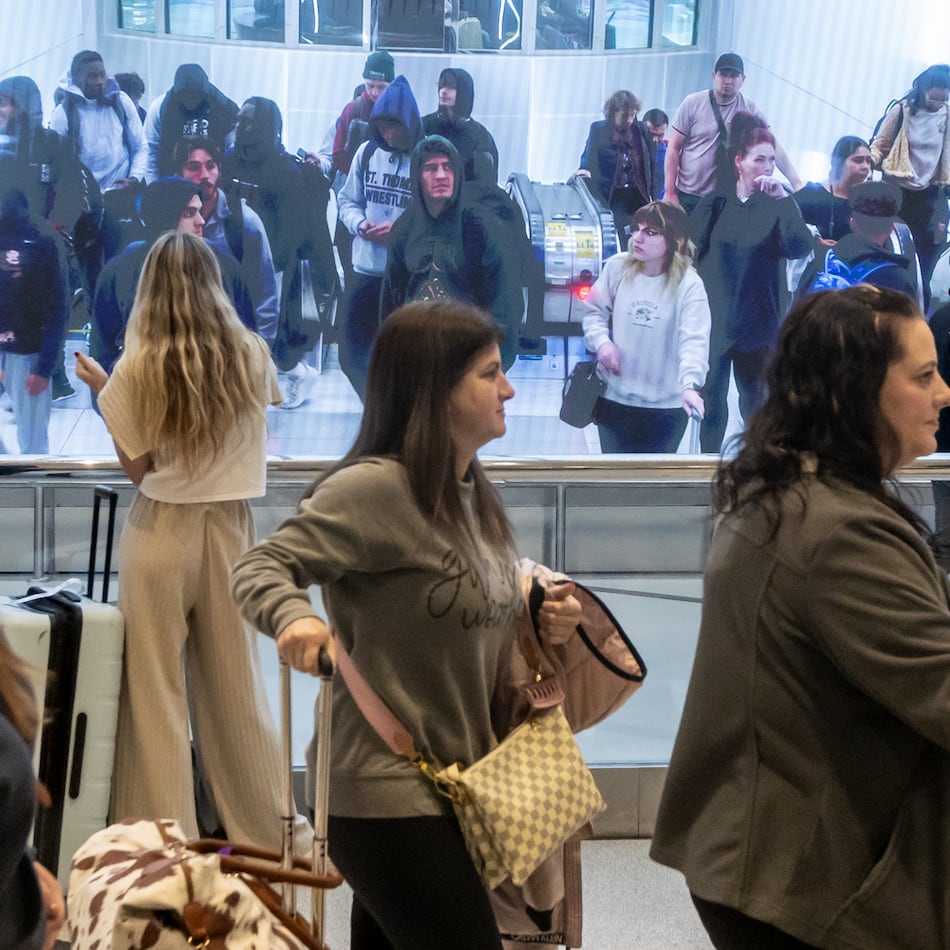You hear talk about the Hindenburg Omen and you think: a Led Zeppelin tribute band? Or maybe it's a historical novel about the last hope of the Weimar Republic.
Instead, it's a warning cry: Investors beware.
The Hindenburg Omen -- for short, that would be the HO or the Omen -- has been the buzz of the trade-centric blogosphere. The Omen, you see, is a technical indicator that aims to predict a plunge in stock prices. It was triggered in August when a certain percentage of stocks -- a number that varies, depending on the analyst -- was hitting year-highs at the same time a similar number was hitting new lows.
Like other formulas that traders use when trying to anticipate market turning points, it is meant to summon an Oracle from the data. Unlike other indicators -- the mysterious Harami Cross, the frenetic Spinning Top, the Christian Bale-like Blow-Off Top -- this one has a name that invokes tragedy.
The Omen is credited to a blind teacher-turned-market analyst named Jim Miekka. The name was suggested by another analyst, who liked linking the notion of a Wall Street meltdown to the dirigible of doom.
When the HO appears, a steep fall in stock prices is coming within weeks.
Unless, of course, it's not.
Analysts say the Hindenburg Omen has nailed every major market meltdown of the past 25 years. Unfortunately, it's also nailed a lot of other times when there was no stock plunge at all.
So you're looking at a crystal ball that's right about one-fourth of the time. Time to laugh, shake your head at the gullibility of those math-happy technical traders and move on?
Not so fast, says Chris Ciovacco, founder and principal of Atlanta-based Ciovacco Capital, a wealth management firm. Yes, he acknowledges, some people have exaggerated the Omen's accuracy. And true, its track record is flawed.
But it signals danger.
"The Omen is important; it is telling you to pay attention, " Ciovacco said. "It's a yellow flag. It is telling you that you've got a confused market, an unstable market."
The government has poured money into the financial sector, the kind of flood that typically produces inflation. Yet huge swaths of the economy are high and dry. Factories are idle; households are burdened with debts; and nearly 25 million Americans are unemployed or underemployed. And that is a recipe for deflation.
Meanwhile, the overall economy has been growing modestly while struggling to keep from backsliding. And the Fed hovers nervously, insisting that it can pour more money into the economy if necessary.
The Omen forecasts a stock crash. But, if the Fed heaves enough money into the room, the market could take off instead, Ciovacco said. "We could get a violent move down, and the HO would be right. We could also get a violent move up that takes people off-guard." So Ciovacco cautions against moving too quickly. "You should pay attention and be ready to take defensive action if the market starts to deteriorate."
Thus far, both the S&P 500 and the Dow have slipped less than 3 percent each from their early August highs. Miekka has predicted a 20 percent drop in the market by the end of September.
Oh, the humanity!
If, as the Omen forecasts, the market does drop more, an investor should move incrementally to remove risk with each decline, Ciovacco said. Then, if the danger recedes or reverses, the move won't mean a huge loss.
Shifting disaster metaphors from man-made to natural, Ciovacco compared the Omen to storm reports that might rivet Kansas residents in summer.
"The Omen is like a tornado watch where you have the conditions in place, " he said. "But it's not a tornado warning -- that's where you see a funnel cloud."
About the Author
Keep Reading
The Latest
Featured



